How Movies Can Help Kids Fall in Love with Reading (Even Reluctant Ones)
🎧 Prefer to listen or 📺 watch instead?
This post is also available as a podcast episode and YouTube video.
Why Book-to-Film Adaptations Aren’t Cheating–They’re a Tool
What if the thing that sparks your child’s love of reading…isn’t a book?
I know, it sounds a little backwards. But if your kiddo lights up for screen time and zones out the second a book opens, it might be time to bend the “rules” a bit. Because here’s the truth–movies and books don’t have to compete. In fact, the right film can be the very thing that opens the door to the story.
Sometimes a movie isn’t the end of a reading road, it’s the beginning.
In this post, we’ll dig into how movies and books can actually support your child’s reading, not sabotage it. You’ll discover how adaptations can help build reading confidence, foster deeper connections, and actually make stories more engaging for your child when used intentionally.
Why So Many Kids Prefer Movies to Books
Movies are quick and they’re visual. They don’t require decoding, stamina, or piecing things together in your head. For kids who struggle with attention, processing, or fluency, that can feel like a huge weight off their shoulders. A movie lets them soak in the story–without wrestling the mechanics of reading.
Both my boys–especially JD–can watch a movie from start to finish without missing a beat. But when we made the jump from picture books to full-on chapter books, JD hit a wall.
I’ll be honest, at first I assumed he just didn’t want to try. He’d always loved story time and his reading skills had been strong up until that point. So I had no reason to suspect there was more going on. But the more I paid attention, the more I realized–it wasn’t about motivation. It was visualization. The pictures were gone, and with them, the fun. He couldn’t see what was happening in the story. And without visuals, he couldn’t create a mental movie. Everything just fell flat.
Not every kid naturally builds that inner movie while they read. Some see full-blown scenes, some get a slideshow, and some–like JD–don’t see anything at all. Some follow a voice in their head, while some ride the emotional wave. But when that mental movie’s missing the story can lose its spark.
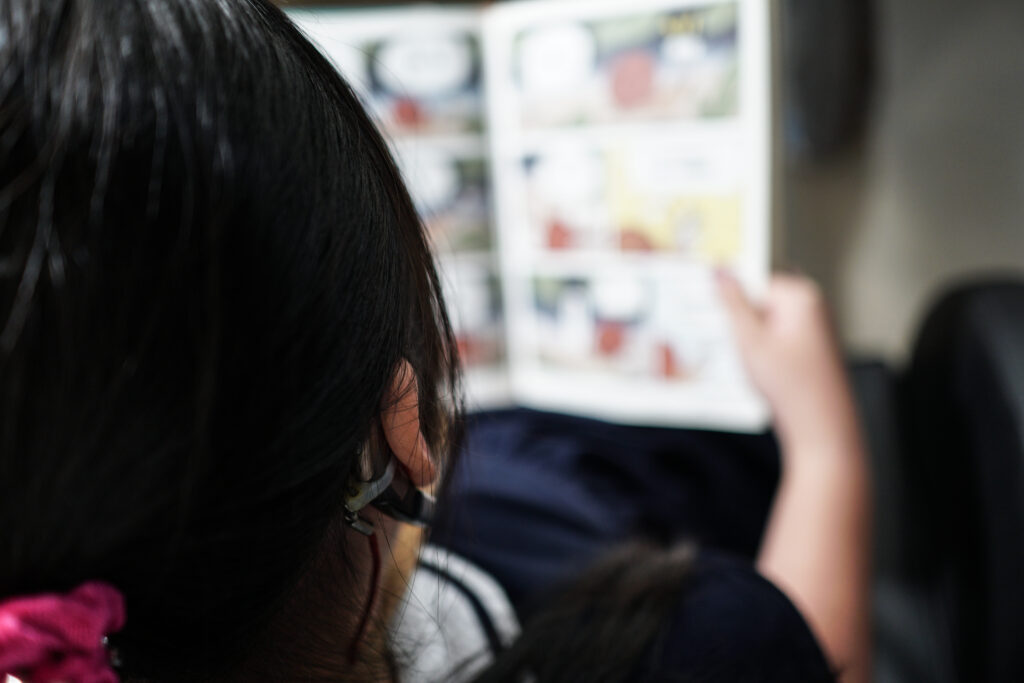
That’s exactly why JD gravitated toward graphic novels. They gave him the visuals he needed to fill the gaps.
The good news–we’re working on building up his “mental movie” skills. But that takes time. And in the meantime, movies have become a beautiful bridge. They keep him engaged with stories, without boxing him into one type of book.
👉 If you’d like help building your child’s “mental movie” skills while reading, DM me or email me–I’m seriously considering creating a full episode and blog post!
How Movies Can Support Reading (Not Replace It)
Once I realized the visualization piece was the missing link, everything shifted. Movies weren’t “the enemy” of reading–they were a tool.
Watching the movie version of a book gave JD the headstart he needed. He could picture the characters, the setting, the tone. Then, when we opened the book, it didn’t feel so overwhelming. He had a mental framework to build on, which helped him follow along and stay engaged.
And honestly? It made a huge difference.
Even for kids who can picture what they read, genres like fantasy and sci-fi can be a stretch. The worldbuilding is often big and bold, sometimes too much to imagine from scratch. A movie gives them visuals to work from, helping them settle into the story instead of tapping out early.
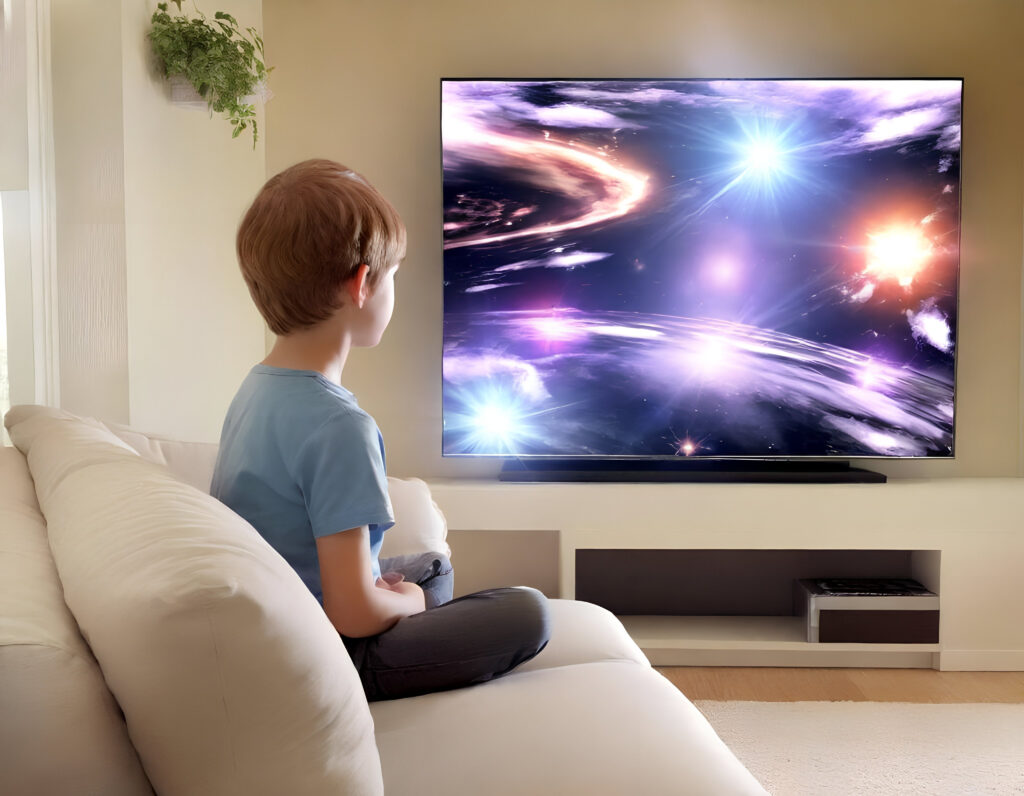
I get it. I’ve always struggled to picture full scenes while reading–my brain offers fuzzy snapshots at best. But when I’ve seen the movie first? The story clicks. The details stick and I can finally build a fuller picture in my mind. I totally see why this works so well for JD…because it works for me, too. I shared more about that in this blog post about my own reading journey.
Of course, not every adaptation is kid-perfect (even if the book is!). Some PG-rated books get turned into PG-13 movies with darker tones or themes. I always recommend checking Common Sense Media if you’re unsure–especially when you don’t have time to preview the movie yourself. Their reviews can be a real lifesaver.
Bottom line? Movies don’t have to derail reading goals—they can be a helpful on-ramp. Especially for kids who just need a little extra support to picture the story.
Read First or Watch First?
There’s no perfect order here, and honestly, there doesn’t need to be. Both can work depending on your kid, the book, and what they’re feeling at the time.
Watching first can be a great way to build familiarity. It helps take the edge off and gives your child a better grip on the plot, characters, and setting right from the start. If you’re worried about spoilers killing their interest when it’s time to read, I get it. But here’s the thing–the point isn’t surprise, it’s understanding. Watching first doesn’t “ruin” the story. More often than not, it sparks curiosity about what the book includes that the movie skipped or changed. If you’ve ever read the Harry Potter series and seen the movies you know exactly what I’m talking about, there are so many differences to explore.
Reading first can be just as fun, especially when you frame the movie as a reward. It builds anticipation and gives your child something to look forward to at the end of the book.
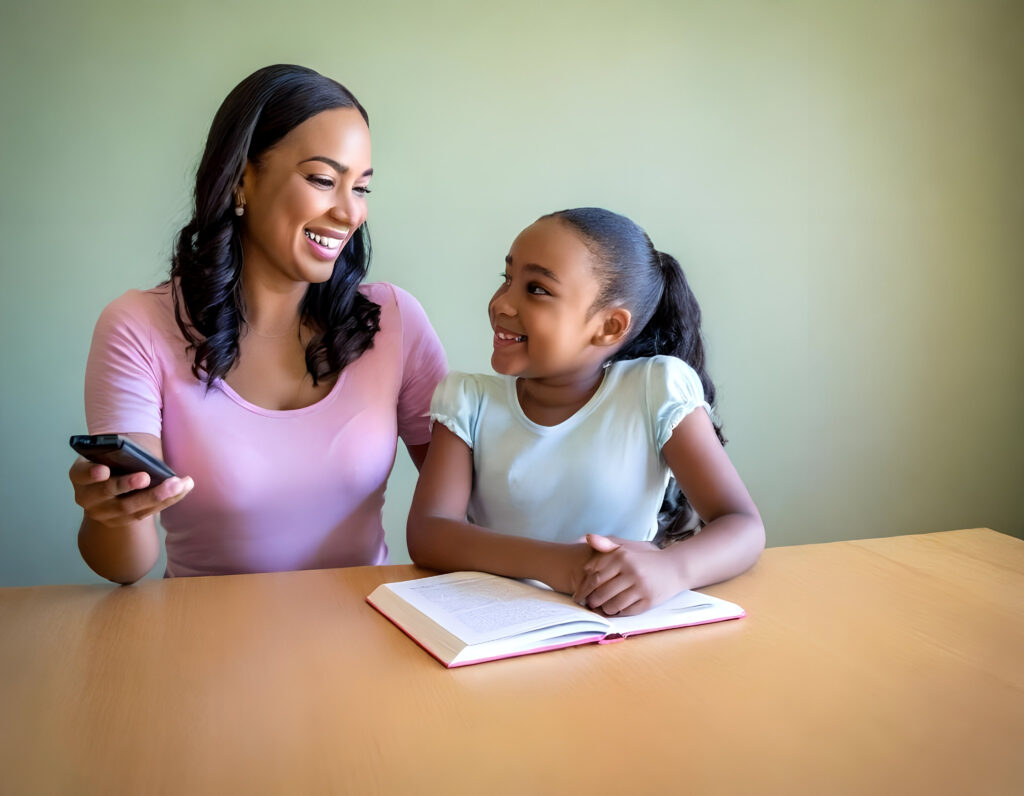
In our house we’ve done it every which way. Sometimes we read first, sometimes we watch first, and yep–sometimes we just watch, and that’s okay too. There’s also the option to revisit the book or the movie at a later time. There’s no “wrong way” to fall in love with a story.
What matters most is giving your child a little say in the process. That bit of choice makes them way more likely to get excited about the story.
If the Movie Doesn’t Lead to the Book—Is That Okay?
Absolutely. Watching the movie isn’t skipping a step, it’s creating a spark. And sometimes that spark needs a little time (and the right conditions) to catch fire.
The goal isn’t instant action, it’s curiosity. If your child isn’t ready to dive into the book right away, no worries. Keep the book visible, mention a moment from the movie that ties into the book. Or invite them to read just one part together–especially if it was something they loved on screen. That’s often all it takes to open the door down the road.
That’s exactly how it unfolded at our house. We watched the Percy Jackson movies years ago. We tried reading the first few chapters of the first book, but they didn’t grip JD like I hoped they would–he just wasn’t ready yet. So what finally lit the fire you ask? The Disney+ series. Suddenly the characters and the story came alive again, and he wanted more. His teacher this past year beat me to it and started reading the series in class–but we caught up by the end of the year. We’ve wrapped the Percy Jackson series and are now all in on Heroes of Olympus.
The best part? None of it was forced. It was just a story we kept coming back to–first through the screen and eventually, through the books. Now we’re anxiously awaiting the next season of the Disney+ series which is releasing almost 2 years after the first season ended. Thank goodness we’ve had the books to fill in most of that time.
What if the Movie Leaves Stuff Out?
Let’s be real, it probably will. Most book-to-film adaptations cut corners somewhere. Favorite scenes get dropped, characters get combined, and sometimes the ending’s totally different.
Those differences aren’t always a bad thing.
When your child spots those changes, it’s a great chance to talk about the story. They might blurt out, “Wait, that wasn’t in the book!” or “Where’s my favorite part?” That’s your in. Instead of brushing it off or trying to explain every change, try getting curious with them:
- “Why do you think they left that part out?”
- “Which version did you like better?”
- “Did the characters look like you imagined?”
- “If you could change the movie, what would you add back in?”
You can even chime in with your own take. No pressure, just swapping thoughts like you would after a family movie night.
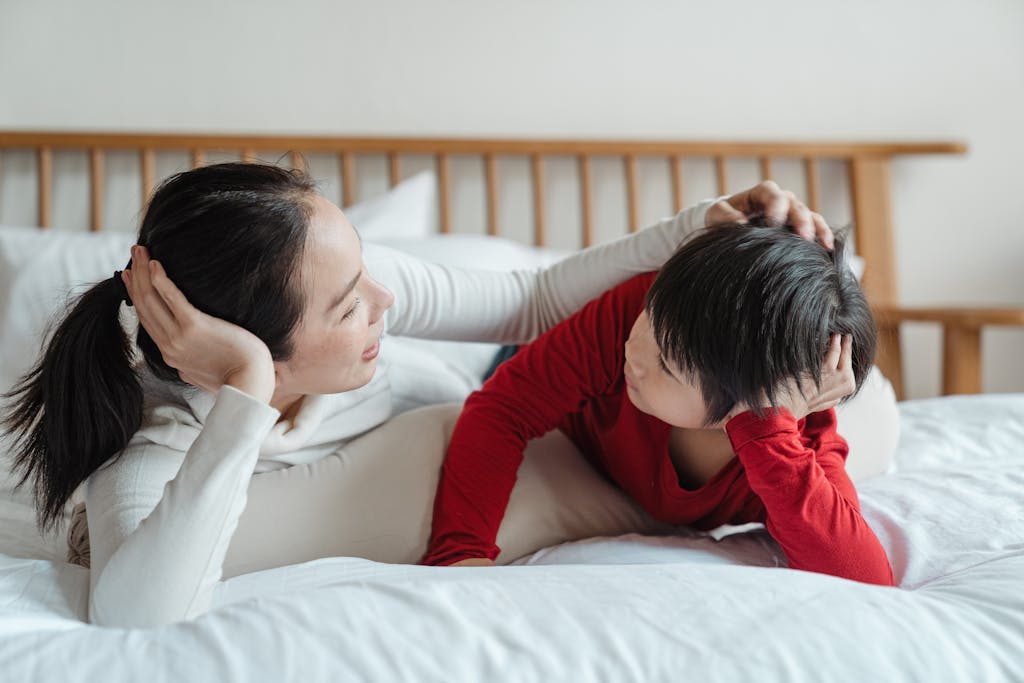
These kinds of moments build real reading muscles–-comparing, noticing details, thinking critically–all without a worksheet in sight.
It also gives you a super easy way to circle back to the book. You don’t have to reread the whole thing–just flip to the scene that was missing or different and say, “Want to see how it actually played out in the book?” It shifts the focus on finishing a book to exploring it together, which helps make reading feel fun, flexible, and pressure-free. And truthfully? That’s where the real magic of using books and movies together often begins.
Book-to-Movie Pairings to Try by Age
Looking for a good place to start? Here are some tried-and-true book-to-movie pairings organized by age and stage:
🎒 Kindergarten – 1st Grade
- Paddington
- Cloudy with a Chance of Meatballs
- Lyle, Lyle Crocodile
- The Tale of Despereaux
- Madeline
📚 2nd – 3rd Grade
- Charlotte’s Web
- The BFG
- Judy Moody and the Not Bummer Summer
- The Bad Guys
- How to Train Your Dragon
- Ramona and Beezus
📖 4th – 6th Grade
- Percy Jackson and the Olympians
- The Wild Robot (Now on Netflix!)
- Holes
- Wonder
- Diary of a Wimpy Kid
➡️ Bonus tip: Books based on favorite Disney, Pixar, or Marvel movies can work great in reverse too. If your kid loved the film, try the book next. They often have books written at varying levels giving kids more access to movie-to-book fun!
📝Want more ideas? Grab From Page to Popcorn–a free expanded guide packed with even more book-to-movie pairings.
Make It a Family Event
Want to make things feel a little more special, and maybe even sneak in some reading without the eye rolls? Try turning it into a low-key Book + Movie Weekend.
Here’s a simple way to do it:
- Read a few chapters during the week
- Watch the movie together on Friday with popcorn and pajamas
- Or flip it–watch first to spark interest, then ease into the book
If your kid gets into it–even just a little–there are so many easy ways to keep the fun going beyond “The End.”
Taking it Beyond the Books and Movies
When a story really clicks–book or movie–you don’t have to stop when the story does. Here are some super chill, creative ways to keep the momentum going:
- Draw a favorite scene or character (stick figures totally count)
- Make up alternate ending or a silly bonus scene
- Create a themed snack for movie night (Nectar for Percy Jackson fans, anyone?)
- Give the book or movie a star rating–or write a funny review
- Act out a scene as a skit (costumes optional)
- Build a LEGO version of a key moment
- Send a postcard from one character to another
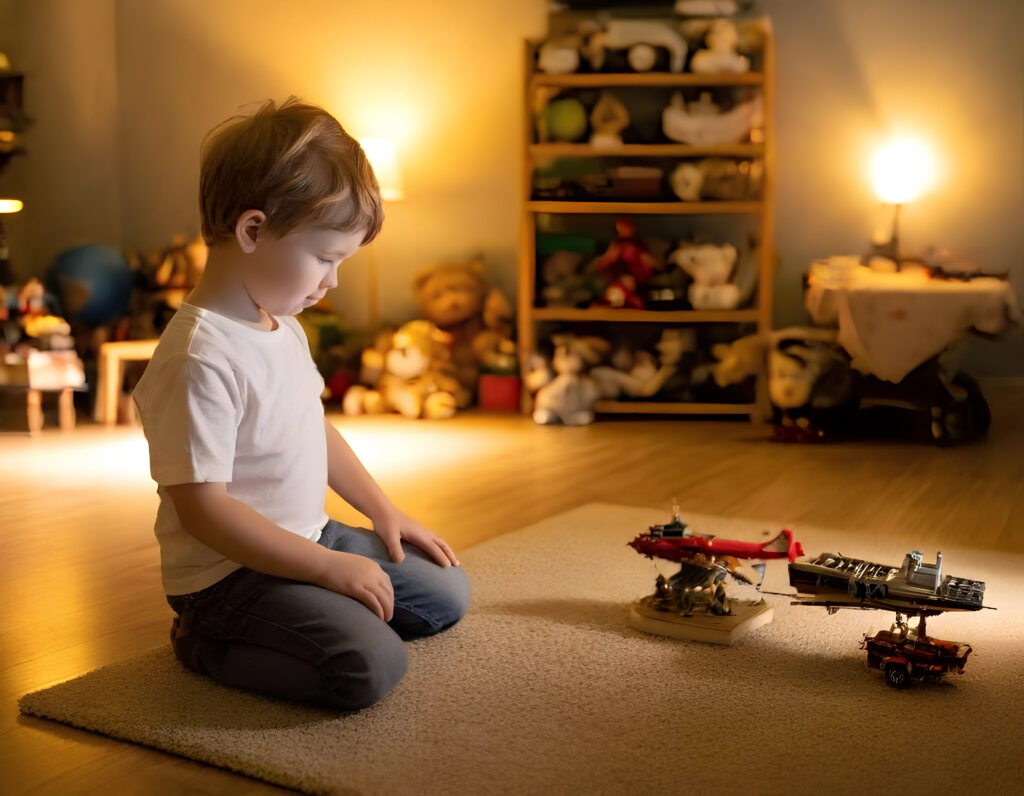
These playful extras aren’t just fun–they help your child connect with their story in their own way. And for reluctant readers, that kind of connection can be the spark that keeps them coming back for more.
👉 Want even more low-pressure ideas? Here are 12 ways to make reading fun for kids who say “I hate reading.”
Final Takeaway: Movies Aren’t Cheating—They’re a Tool
If your child loves screens, don’t panic. Instead of fighting it, use that interest to gently tug them back towards books.
Books and movies don’t have to compete–they can work together to create memorable reading experiences (especially for those kids who aren’t eager to pick up a book on their own).
And really, the order doesn’t matter as much as your child beginning to see themselves as someone who enjoys stories. That’s the win!
You don’t have to be a reading expert to make this work–just a parent who’s willing to try something different.
Want More Book & Movie Pairings?
Grab my brand new From Page to Popcorn: Book-to-Movie Picks for Every Age—a free, curated list of kid-favorite adaptations for every stage of reading. It’s the easiest way to turn screen time into story time–with confidence.
Plus, when you snag your copy, you’ll be the first to know when new blog posts, podcast episodes, or YouTube videos drop, so you never miss a fresh idea to spark you child’s reading journey.
FAQs: Using Movies to Support Reading
Can I still use this approach if my kid didn’t like the movie?
Yes! You can still use the story as a conversation starter. Ask what didn’t land for them, sometimes that opens the door to trying the book instead (where the characters or pacing might resonate more). Or just pivot to a new story altogether, either is fine.
What if my child only wants to watch the movie and skips the book entirely?
This is totally normal! The goal isn’t to force a follow-up, it’s to build connection and curiosity. Just keep the book nearby and talk about the story naturally. You’re planting interest without any strings attached.
Are there books that work better than others for this approach?
Yes–stories with rich characters, strong visuals, or lots of action tend to work best. Fantasy, adventure and humor often translate well across formats. (Grab From Page to Popcorn list for ready-to-go pairings.)
What if I’ve never read the book or seen the movie myself?
That’s okay, you don’t have to be an expert. Let your child lead or discover it together for the first time. If you’re unsure whether the content is a good fit for their age, Common Sense Media is a fantastic resource.
Bonus: you get to react in real time with them, which can make the experience more meaningful.
Do I need to plan a whole movie night or activity around this?
Not at all. This can be as simple as watching a movie on a rainy Saturday and chatting about it in the car the next day. It’s about shared stories, not big productions.
I include extra ideas in the blog because some kids really light up with creative play, themed fun, or getting the whole family involved–and for some that’s the secret sauce. But if that’s not your season right now, that’s completely fine. Don’t underestimate the power of those simple moments and conversations to spark connection.






One Comment